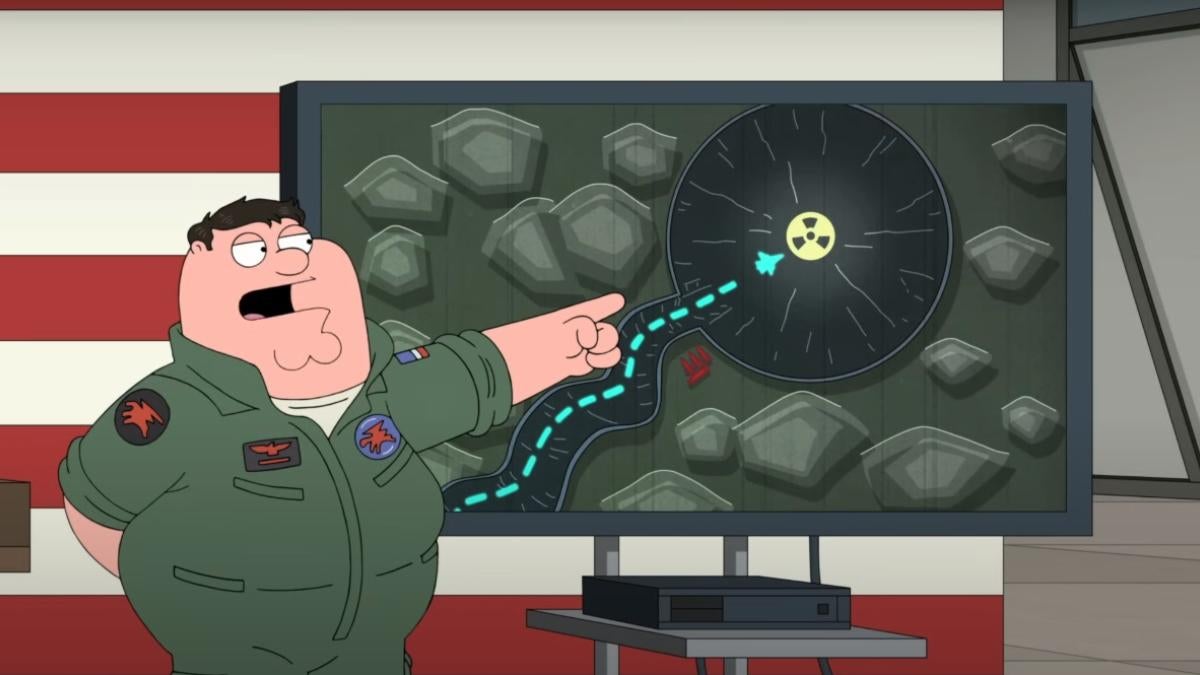The Real Story Behind Chernobyl's Joker Robot Even More Tragic Than You Thought
Monday's episode of Chernobyl, 'The Happiness of All Mankind', was quite possibly the bleakest [...]
Monday's episode of Chernobyl, "The Happiness of All Mankind", was quite possibly the bleakest hour of the HBO miniseries yet. Deep into the horrifying Chernobyl nuclear disaster, attempts at cleanup finally begin and, ever briefly, it appeared that the attempt would be one that might be a bit hands-off for humans thanks to a bright yellow robot named Joker. However, that glimmer of hope quickly vanishes and while the series shows the sad truth of how officials proceeded after Joker's failure, the real story is even sadder yet.
After the explosion of Chernobyl's No. 4 reactor, large amounts of debris -- including radioactive graphite chunks -- littered the roof of the facility. As the graphite had originally encased the reactor core to prevent this kind of disaster, officials soon realized that tossing the graphite on the roof back into the exposed reactor core would create a makeshift way to contain it -- a sarcophagus. The problem? The task was in no way safe for human workers to undertake -- 90 seconds was the max and even then, it was still dangerous. The solution then was to send in Russian lunar landers called Lunokhod and a borrowed West German robot -- the Joker. Unfortunately, that didn't work out the way they planned. The radiation on that roof was so extreme that the robots died almost immediately.
"The Soviets — and this is mind-blowing to me — they refused to tell anyone how bad the situation was. Even then, months later, after the world knew about Chernobyl and knew what it meant they were still soft-pedaling just how bad it was to the point where they refused to tell the West Germans how much radiation was on that roof," series co-creator Craig Mazin said on the show's companion The Chernobyl Podcast. "It was 600 percent or 700 percent more than it could handle. And what blows my mind is the Soviet power system thought that was OK. Why not? Let's just see. It's the same kind of attitude that leads to Chernobyl in the first place."
With the Joker and other robots having failed, the Soviet Union ultimately chose to send human beings up to do the work after all. The soldiers, referred to disturbingly as "biorobots", were sent up for a maximum of 90 seconds at a time. That's right, despite the radiation being so extreme it rendered heavy machinery useless, more than 3,000 soldiers total served as "biorobots", clearing the debris as a makeshift sarcophagus on the reactor -- while even more served as "liquidators" dealing with other elements of the radioactive contamination, including pets left behind.
Oh, and if you're wondering, the Joker robot does still exist. Photographs of the yellow machine, name still intact, show the robot discarded in a junkyard in the exclusion zone, the machinery still extremely radioactive to this day.
Are you watching HBO's Chernobyl? How are you handling the bleakness of it all? Let us know in the comments or hit me up on Twitter @lifeinpolaroid to talk about the series.
Chernobyl airs Mondays on HBO.




